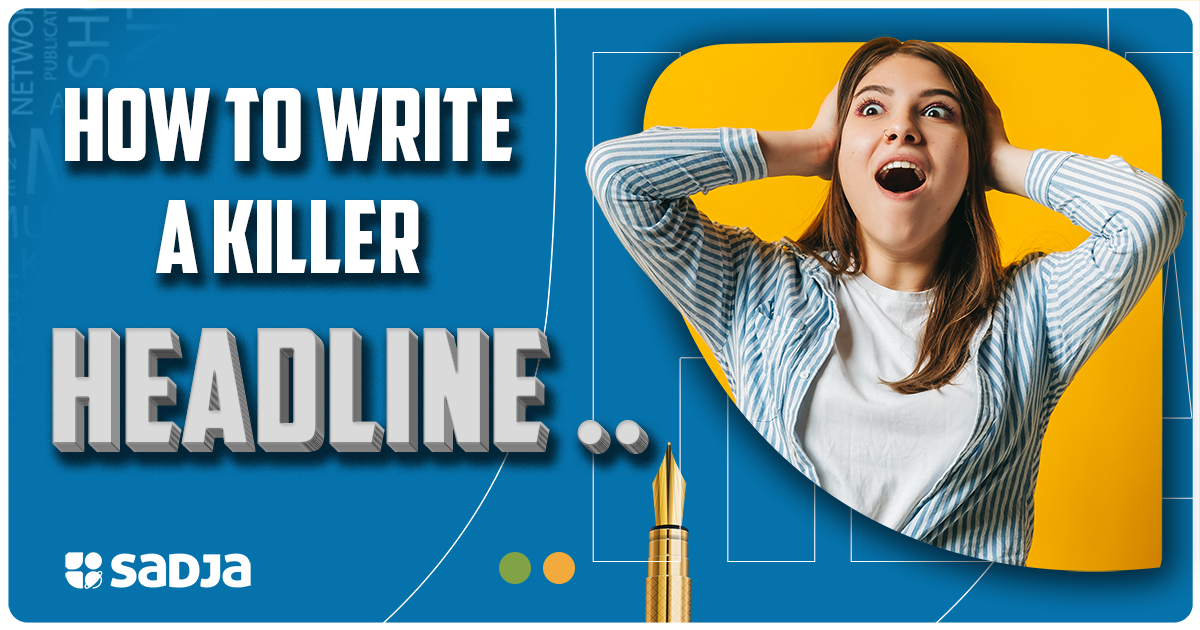The Headline is Your First Impression
You only have one chance to make a first impression, and your headline is it. Whether you’re writing an article, a blog post, or a social media update, your headline is the first thing people will see.
That’s why it’s essential to make sure your headline is compelling. It should grab attention and make people want to read more.
Think of your headline as a promise to the reader. It should give them an idea of what they can expect to find in the rest of your content.
If your headline doesn’t deliver on that promise, you’ll lose readers before they even get to the good stuff. So make sure your headline is strong, clever, and, most importantly, relevant to the rest of your content.
Your headline is your first impression. Make it count!
 +256 206 300885
+256 206 300885



